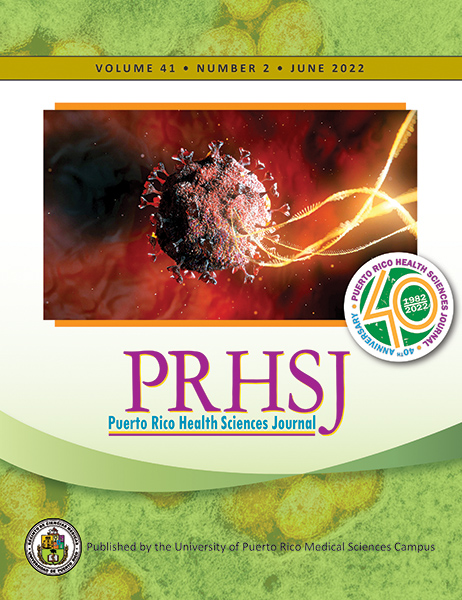Abstract
Restoring function to damaged peripheral nerves with a gap remains challenging, with <50% of patients who undergo nerve repair surgery recovering function. Further, despite enormous efforts to improve existing techniques and develop new ones, the percentage of patients who recover function and their extent of recovery has not increased in almost 70 years. Thus, although sensory nerve grafts remain the clinical “gold standard” technique for attempting to restore function to nerves with a gap, they have significant limitations. They are effective in restoring good to excellent function only for gaps <3-5 cm, repairs performed <3-5 months post-trauma, and patients <20-25 years old. As the value of any of these variables increases, the extent of recovery decreases precipitously, and if the values of two or all three variables increase, there is little to no recovery. Therefore, novel techniques are required that increase the percentage of patients who recover function and the extent of their recovery. This review discusses the limitations of sensory nerve grafts and other techniques currently being used to repair nerves. It also discusses the use of autologous platelet-rich plasma (PRP), which appears to be the most promising technique for inducing sensory and motor recovery even when the values of all three variables are significantly greater than when sensory nerve grafts alone are not effective. Thus, there is finally the promise that patients who presently have limited to no chance of any recovery may recover good to excellent sensory and motor function.
Authors who publish with this journal agree to the following terms:
a. Authors retain copyright and grant the journal right of first publication with the work simultaneously licensed under a Creative Commons Attribution License that allows others to share the work with an acknowledgement of the work's authorship and initial publication in this journal.
b. Authors are able to enter into separate, additional contractual arrangements for the non-exclusive distribution of the journal's published version of the work (e.g., post it to an institutional repository or publish it in a book), with an acknowledgement of its initial publication in this journal.
c. Authors are permitted and encouraged to post their work online (e.g., in institutional repositories or on their website) prior to and during the submission process, as it can lead to productive exchanges, as well as earlier and greater citation of published work (See The Effect of Open Access).
